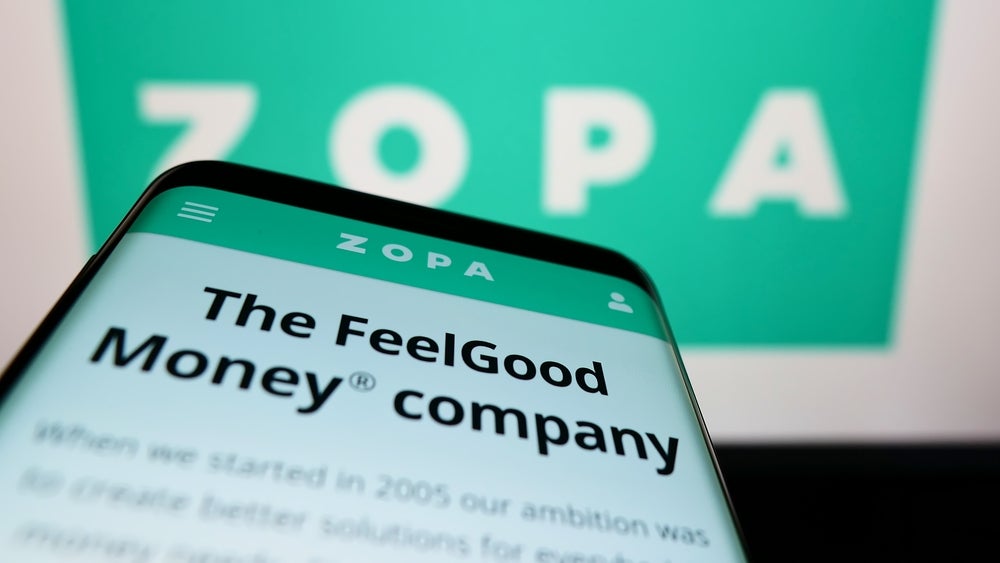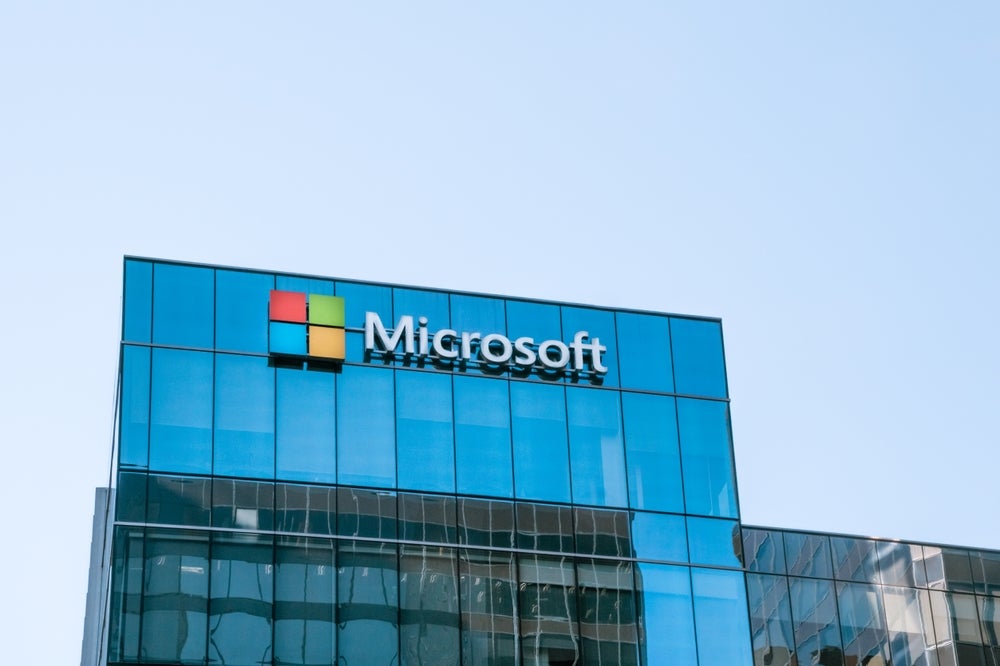First off the good news: Royal Bank of Scotland (RBS) is back in the black for the first time in a decade.
RBS reported attributable profit for fiscal 2017 of £752m, ahead of analyst forecasts, compared to an attributable loss of £6.95bn in the previous year.
RBS’ total revenue rose by 4% year-on-year to £13.1bn while adjusted costs fell by 8% y-o-y.
RBS’ retail focused UK Personal & Business Banking (UK PBB) business unit posted adjusted operating profit of £3.08bn, up 18.4% y-o-y while income increased by 5.7% to £6.48bn supported by a 5.9% increase in net loans and advances, which more than offset margin contraction.
Gross new mortgage lending in fiscal 2017 was £31.0bn, with market share of new mortgages at approximately 12%, supporting growth in stock market share to approximately 10%.
Other notable highlights included a fall in the RBS cost-income ratio from 66% to 58.2%.
How well do you really know your competitors?
Access the most comprehensive Company Profiles on the market, powered by GlobalData. Save hours of research. Gain competitive edge.

Thank you!
Your download email will arrive shortly
Not ready to buy yet? Download a free sample
We are confident about the unique quality of our Company Profiles. However, we want you to make the most beneficial decision for your business, so we offer a free sample that you can download by submitting the below form
By GlobalDataRBS CEO Ross McEwan was able to flag-up significant progress in the bank’s digital drive including:
- 5 million active mobile banking customer, up 20% year-on-year;
- 68% of active everyday banking tasks available on app, up from 50% in 2016;
- Digital payments up 14% since 2014, and
- Customers sent a payment using the mobile app 4 times a second in 2017.
Looking ahead, McEwan said that RBS remained on target to achieve a sub 50% cost-income ratio by 2020 and by then was targeting a return on equity above 12%.
Less positively, McEwan said that RBS’ seemingly never-ending restructuring costs will again rise, with updated forecasts resulting in a further £1.5bn of restructuring costs compared to previous guidance.
The 2017 profit only results from RBS’ ongoing failure to settle long-running US litigation dating back to misconduct issues at the time of the financial crisis.
On that topic McEwan was unable to give any guidance as to when the litigation would settle beyond a hope that it would be sometime in 2018.
Other negative metrics included a 60% rise in impairments for loan losses on the prior quarter to £234m.






